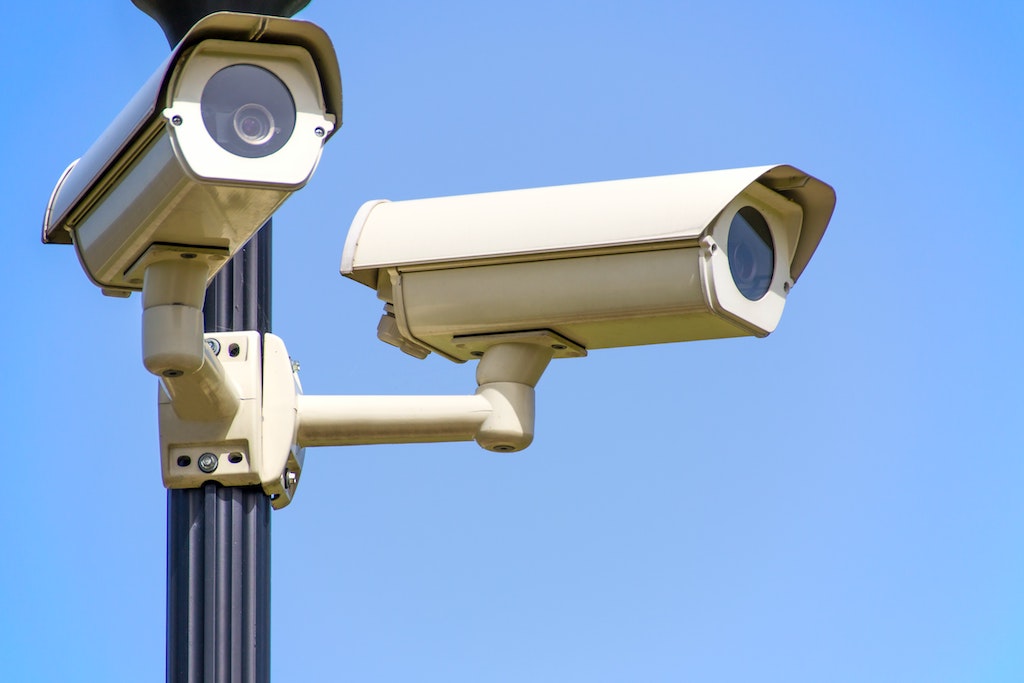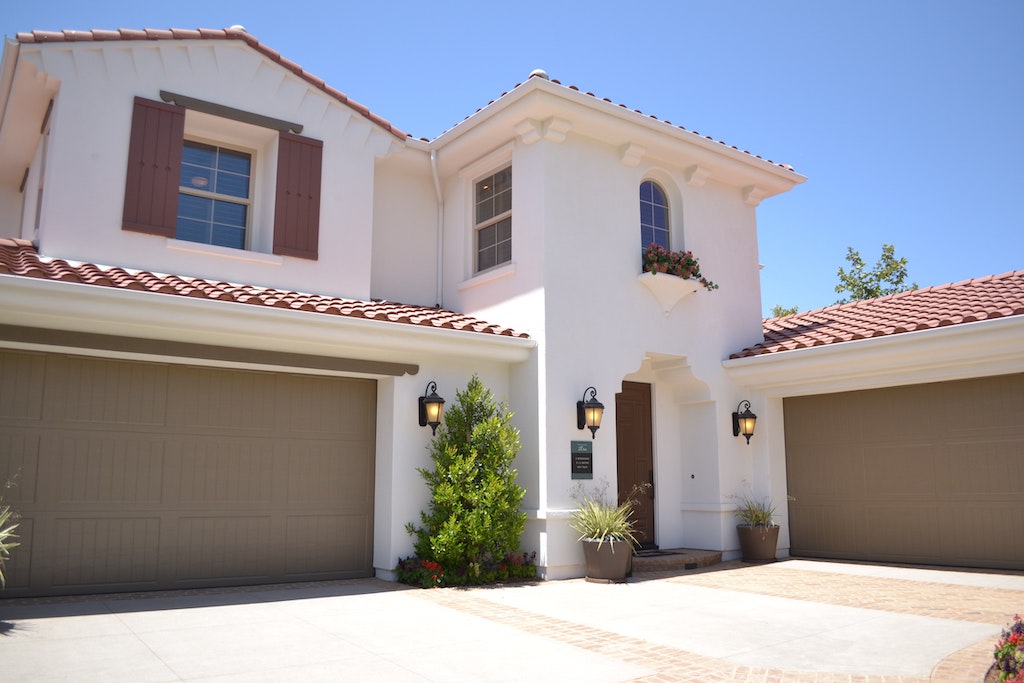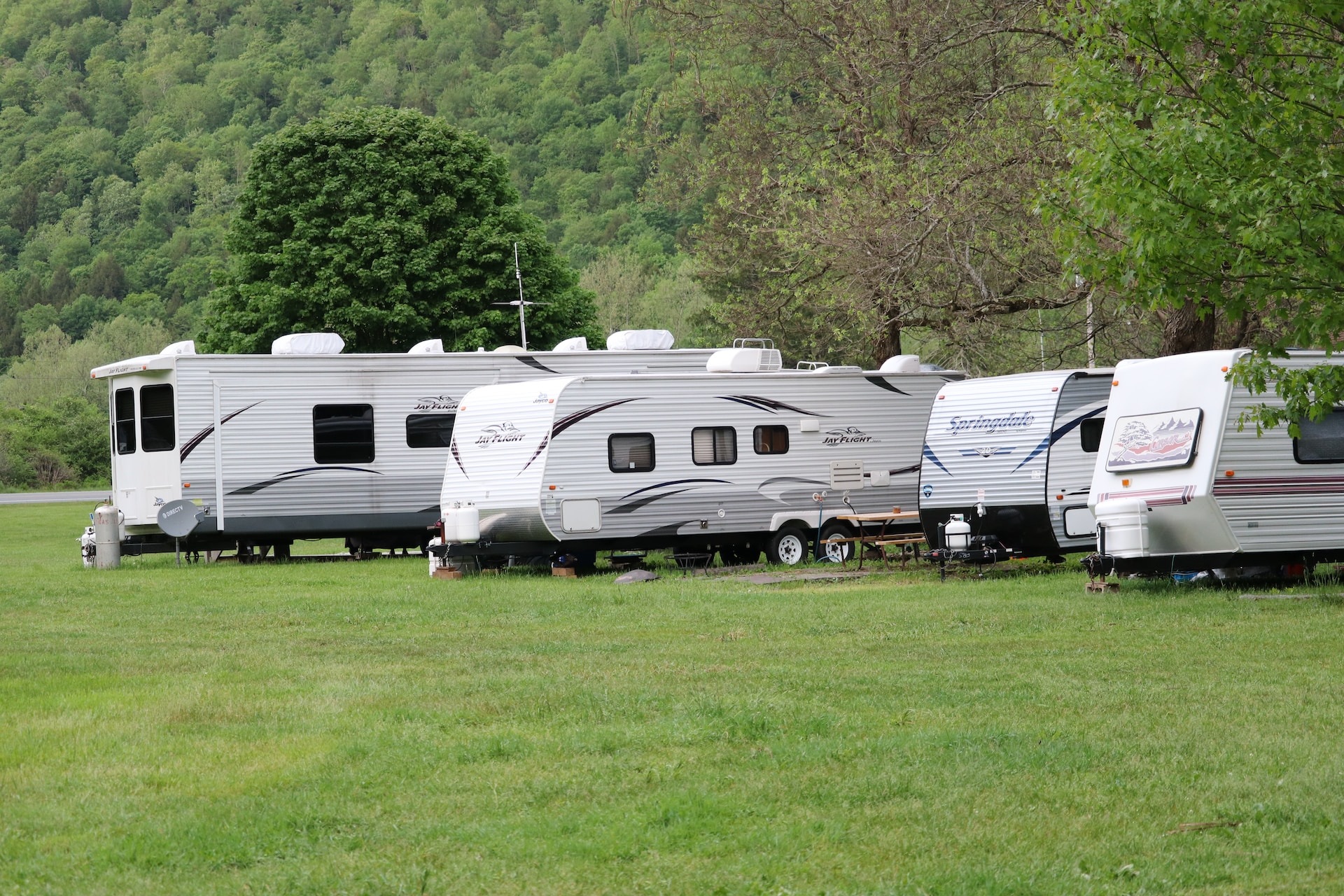In safety and security, “surveillance camera” and “security camera” are often used interchangeably. However, the two have distinct differences, each designed for specific purposes and environments. Understanding these differences will help you determine which of these camera systems will best meet your security needs.
Benefits of Surveillance and Security Cameras
Surveillance and security cameras are powerful tools for monitoring and protecting property, people, and assets. They deter crimes, provide valuable evidence when an incident occurs, and deliver peace of mind knowing that a safety system is in place.
What are surveillance cameras?
Surveillance cameras, also known as Closed-Circuit Television (CCTV), are designed to monitor environments and activities continuously. They typically work in tandem with a video recording device that stores footage for later viewing.
Common Uses
Public spaces: Surveillance cameras are often seen in public areas such as streets, parks, and city centers to monitor activity and help prevent crime.
Business establishments: These cameras are frequently used in business environments like offices, warehouses, and retail stores to monitor employee activities, prevent theft, and ensure operational efficiency.
Home vs. Business
While surveillance cameras are more common in business settings due to their constant monitoring capability, they can also be used in residential settings. Homeowners may install them to monitor large estates, perimeter fencing, or areas of high traffic.
What are security cameras?
Unlike surveillance cameras, security cameras are designed to alert homeowners or security teams to potential threats. They usually work with a security system and are triggered by motion detection or alarm activation.
Common Uses
Residential properties: Security cameras are commonly found in homes where they provide real-time alerts to homeowners about potential intruders, package deliveries, or even children returning from school.
Business establishments: Businesses also use them to alert security personnel when unauthorized movement or activity is detected.
Home vs. Business
Security cameras are versatile and equally beneficial for both home and business use. However, their usage is more widespread in homes due to their alert-based nature, which aids homeowners in active threat detection and prevention.
Differences between surveillance cameras and security cameras
When it comes to enhancing home security systems or bolstering commercial safety measures, understanding the unique characteristics of surveillance and security cameras is essential.
Technology: Analog vs digital
Surveillance cameras: Analog technology
Surveillance cameras typically use analog technology, capturing video and then sending it to a Digital Video Recorder (DVR). The DVR converts the video from an analog signal to a digital format, storing it on a hard drive for later viewing. This technology is time-tested, often less expensive, and reliable for 24/7 video surveillance. However, analog surveillance cameras may require extensive cabling, especially for larger surveillance areas.
Security cameras: Digital technology
On the other hand, security cameras use digital technology, often called IP (Internet Protocol) cameras. These cameras capture video as a digital signal and then transmit this data over a network, allowing footage to be saved directly to a Network Video Recorder (NVR) or uploaded to the cloud. This technology allows for greater flexibility, better video quality, and more advanced features like facial recognition and motion detection. However, these systems may be more expensive and require a stable and robust internet connection for optimal performance.
Features: Continuous monitoring vs event-driven alerts
Surveillance cameras: Continuous monitoring
Surveillance cameras are designed for continuous, 24/7 recording. They constantly monitor their surroundings, making them the perfect tool for monitoring high-traffic areas, such as retail stores, public spaces, and office environments. Some surveillance camera systems also offer pan-tilt-zoom (PTZ) features, allowing operators to remotely control the camera to cover a wider area.
Security cameras: Event-driven alerts
In contrast, security cameras often feature event-driven recording and alerts. The camera may lie dormant until it detects motion or another specified event. At this point, it begins recording and sends an alert to the user or security team. This feature, combined with infrared night vision, two-way audio, and smart home integration, makes security cameras a powerful tool for immediate threat detection and response.
Quality: Standard resolution vs high-definition
Surveillance cameras: Standard resolution
Surveillance cameras, particularly older or more affordable models, may offer standard-resolution video quality. While this quality is generally sufficient for monitoring large areas and identifying incidents, it may not provide the detail required to identify individual faces or license plate numbers.
Security cameras: High-definition
Digital security cameras often offer high-definition or even ultra-high-definition video quality. These cameras’ superior resolution and image clarity make them especially useful in scenarios where identifying small details is essential. This can be critical for criminal investigations or other situations requiring high-quality evidence.
Usage: Public monitoring vs personal security
Surveillance cameras: Public monitoring
Due to their constant monitoring and wide area coverage capability, surveillance cameras are often the go-to choice for public spaces, retail environments, and businesses. They offer a general overview of the ongoing activities and help maintain law and order.
Security cameras: Personal security
Security cameras are commonly found in residential properties, offering homeowners real-time alerts to potential threats. They are also used in business settings for specific event-driven alerts, such as detecting unauthorized access to restricted areas. Their integration capabilities with other devices make them integral to any home security system.
Which type of camera is right for you?
Picking the right camera for your needs is contingent upon a series of considerations that range from your specific security goals to the physical characteristics of the area you want to monitor.
Continuous monitoring vs real-time alerts
The first consideration should be your primary goal for installing a camera system. If you require round-the-clock monitoring of a wide area, such as large business premises, a parking lot, or a public park, then a surveillance camera system could be your best option. These systems are designed for continuous video capture, providing an unbroken record of activities within their field of view.
On the other hand, a security camera system could be more suitable if your goal is to have instant alerts for specific incidents, like unexpected movement around your property or potential intruder alert. Security cameras are typically designed to trigger and record upon detecting certain events, providing real-time alerts to the property owners or the security team. This makes them especially valuable for residential properties or restricted business areas where an immediate response to security incidents is critical.
Property size and layout
The size and layout of the area you wish to monitor play a significant role in determining the most suitable camera type. For broad or sprawling properties like large retail stores, warehouses, or outdoor public spaces, surveillance cameras, especially those with PTZ (Pan-Tilt-Zoom) capabilities, can provide extensive coverage.
Security cameras would be the optimal choice for compact areas or specific zones within a property, such as entrance doors, restricted access areas, or residential perimeters. These cameras can be strategically placed to focus on these key areas and provide immediate alerts when suspicious activity is detected.
Budget
Your budget will also impact your decision. Surveillance camera systems, particularly those operating on analog technology, can be more cost-effective, especially when monitoring large areas. However, they may require extensive wiring and offer lower video quality than digital systems.
Security camera systems, while potentially more expensive, can offer advanced features such as high-definition video, facial recognition, and smart home integration. While these systems can be more cost-intensive, they often provide superior performance and functionality, which might be worth the investment, depending on your security needs.
Quality of footage
The quality of your system’s video footage can be critical in some cases, such as providing evidence in legal scenarios or identifying intruders. If detailed, high-resolution video is a priority, digital security cameras are generally the best choice, offering higher-resolution images and clearer video quality.
On the other hand, if your primary need is to monitor general activity over a wide area rather than identifying specific details, an analog surveillance camera system may serve your purpose adequately.
Though “surveillance cameras” and “security cameras” are often used interchangeably, they serve distinct purposes. Surveillance cameras are designed for continuous monitoring, while security cameras are event-driven and alert-oriented. Both have their strengths, and choosing between them ultimately depends on your needs and circumstances.
Legal considerations
In many regions, the deployment and use of surveillance and security cameras, including apartment security camera laws, are subject to specific legal considerations. Understanding the legal landscape surrounding camera security is crucial for ensuring compliance and protecting individuals’ privacy rights. Laws governing camera usage may vary, covering aspects such as where cameras can be placed, the extent of monitoring, and the storage and sharing of recorded footage.
In residential settings, for example, there may be restrictions on the placement of cameras to prevent unwarranted intrusion into neighbors’ privacy, particularly in the context of apartment security camera laws. Similarly, businesses must adhere to regulations to avoid infringing on employee rights. Additionally, there might be rules regarding using facial recognition technology or handling sensitive data captured by the cameras.
Ensuring that your camera system complies with local laws, including specific regulations related to apartment security cameras, not only safeguards your security measures but also protects you from potential legal consequences. It is advisable to consult with legal professionals or relevant authorities to stay informed about the specific camera security laws applicable to your area.
With a clear understanding of the difference between surveillance and security cameras, you can now decide the best system to protect your home or business. Be proactive in your security measures and ensure peace of mind for yourself and your loved ones.




